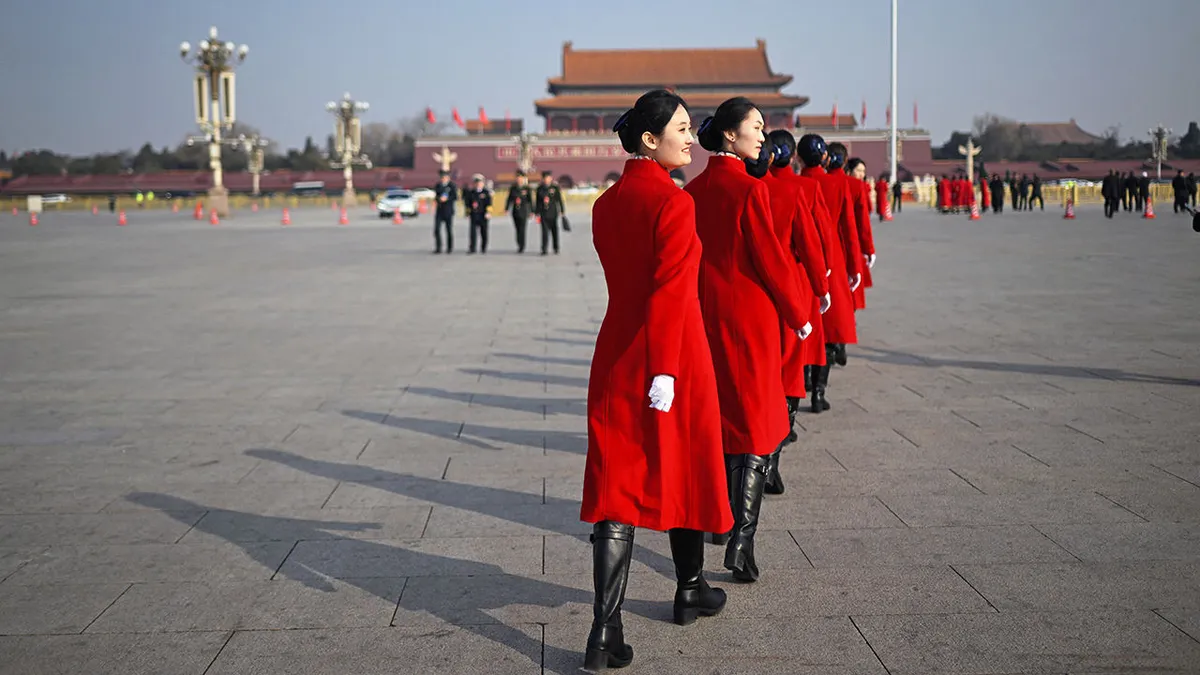
In a rare occurrence, the world's two leading superpowers delivered their state-of-the-nation addresses in back-to-back sessions this week. This unique scheduling phenomenon, combined with the intricacies of time zones, provided a fascinating glimpse into the contrasting political landscapes of the United States and China.
On March 5th, 2023, Li Qiang, the Prime Minister of China, addressed the nation during the annual meeting of the National People’s Congress in Beijing. This parliament, often referred to as a "rubber-stamp" body, plays a crucial role in the Chinese political system. Li's report outlined key initiatives and policies that the Chinese government plans to pursue in the coming year, emphasizing economic stability and growth amidst global uncertainties.
Just minutes after Li Qiang concluded his address, President Donald Trump took the floor for a fervent speech to a joint session of Congress in Washington. His remarks were marked by a passionate tone as he outlined his administration's achievements and vision for the future. This stark contrast in presentation and content highlighted the differing political styles and priorities of the two nations.
The juxtaposition of these two speeches provided an instructive perspective on how each superpower approaches governance and public communication. While Li Qiang focused on collective progress and state-directed initiatives, Trump's speech was characterized by individualistic rhetoric and a focus on national pride and achievements.
This simultaneous occurrence not only underscored the geopolitical significance of the United States and China but also showcased the different methodologies these nations employ to engage with their citizens.